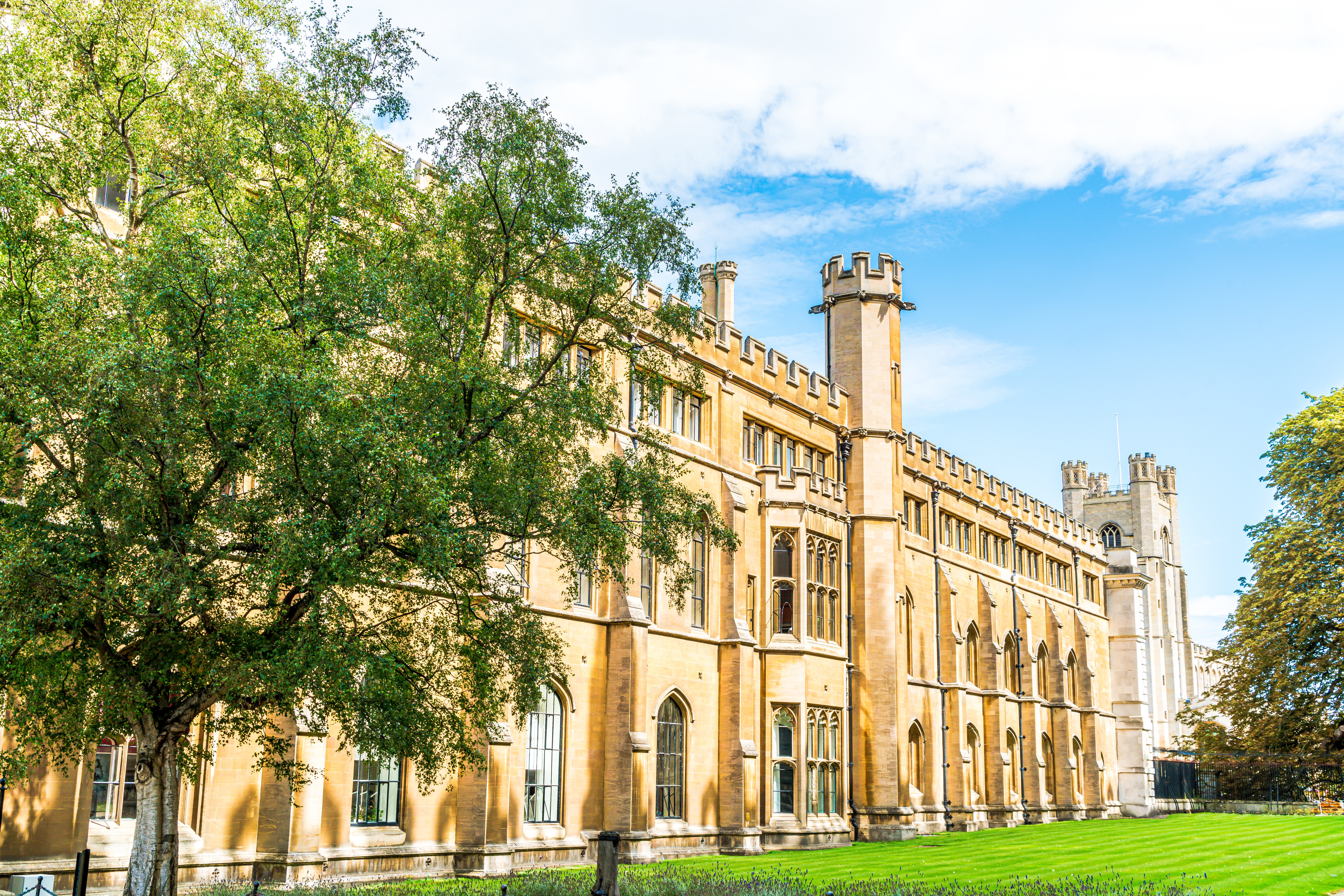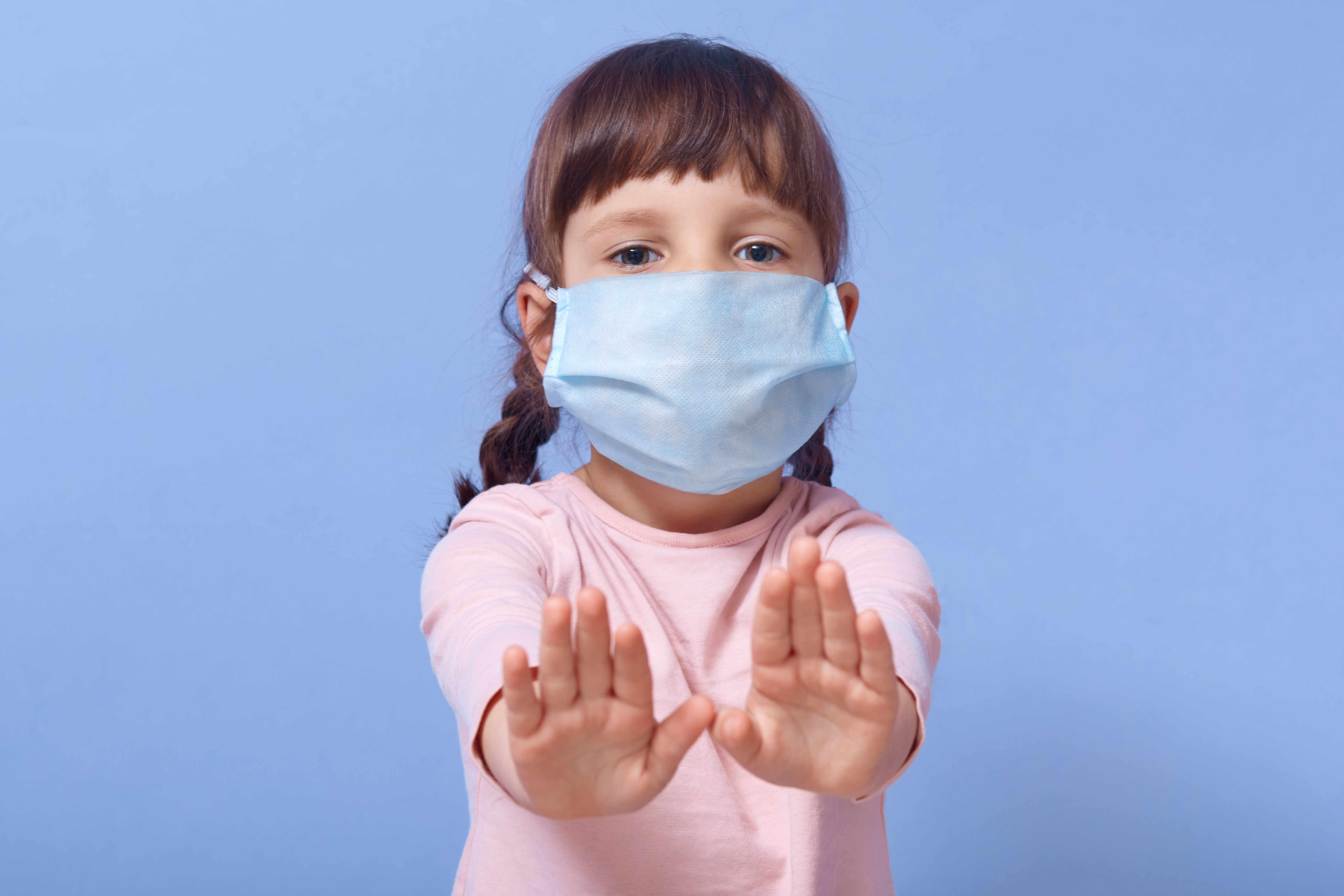The recent school year has been majorly disrupted due to the outbreak of the Coronavirus pandemic. Facilities were closed to stop the spread of the Coronavirus and subsequently exams were cancelled. In September, schools are planned to reopen for the new school year, however, how will we make schools safe for students with the threat of COVID-19 still likely to be there?
What can we learn from other countries?
Fortunately for the UK, other countries in Europe are further along in re-establishing normality to their country after the virus. This offers opportunities for our government to observe and learn what methods worked when reopening the schooling infrastructure.
So, what have countries done to get their pupils back on site and learning again?
Denmark has opted to invite students back onto educational premises in micro bubbles. These consist of keeping the students in small groups of around 12 to stop cross contamination. The micro bubbles will be taught by the same teacher for each of the classes, they will eat together, play together and arrive at the premises at a designated time to stop crowding.
Sweden have implemented a reduced timetable for their students limiting the amount of people on the premises at any given time. Students will attend lessons on the campus for half a week and then do virtual learning the other days. Sweden have essentially created subgroups of students to cater for some face to face education.
Germany have got their students back into the classrooms by prioritising the older students first. This will help reduce the numbers in the school whilst integrating into a normal way of teaching after the virus. They have also installed one-way systems around the premise to minimise crowding in high traffic areas.

How can we make schools safe for our students?
The question remains, how can we make schools safe for our students? Unfortunately, the UK government has not yet laid out guidelines on how they advise schools to operate to keep the students safe whilst they learn. We can however speculate from COVID-19 best practices and the example set from countries already in the process.
Perform a deep clean before anyone returns to the school
Each school is likely to of had a slightly different process when shutting down at the outbreak of the Coronavirus. Some may have closed earlier than others and some may even have reopened for a brief amount of time.
Before any students return and the school year restarts, it will be best practice to include a deep clean from the top to the bottom of the premises. A deep clean should include:
- Sanitisation methods to kill virus and bacteria.
- Clean the windows inside and out.
- Check the grounds for pests and maintenance.
Sanitisation is the most important factor to consider before reopening the school. Using a method. like the Electrostatic sanitising spray. you can ensure all harmful viruses are removed from touch points and surfaces. You will also prevent the spread of these viruses moving forward.
Increase the cleaning schedule
Coronavirus is an incredibly infectious disease that spreads easily. The government have publicised that, the transmission of the virus is thought to occur mainly through respiratory droplets generated by coughing and sneezing, and through contact with contaminated surfaces.
With this being the case, we must look to increase the cleaning schedule of the school to ensure any harmful viruses and germs are killed within a few hours of potentially touching a surface. This could be achieved by increasing the amount and the thoroughness of the daily cleaning services employed already.
It can also be achieved by deploying a strict surface cleaning routine throughout the day. Germany have adopted making their pupils clean the desks after every user has finished. Being this strict may subtract from learning time for the students, but will certainly help kill germs from one lesson to another.
It should also be considered that a strict hand cleaning routine will help eliminate the spread of the virus on busy touch points and widely used surfaces. By regularly cleaning your hands, you minimise the chance of being able to pass the virus onto another surface. Denmark have enforced hand washing once every hour. With a schedule this often, you run the risk of students developing rashes and eczema. Maybe introducing hand sanitising gel stations will offer a better solution.
Wearing face masks
Wearing a face mask is currently seen as best practice to prevent the spread of the COVID-19 virus. As the virus travels in respiratory droplets, it minimises the chances of spreading it in the air. Making young students wear a face mask all day may be difficult as they can cause discomfort. Will causing some discomfort to students outweigh the chances of the virus being spread through the air in a classroom?

Social Distancing rules
Since the start of lockdown, the government have advised that everyone keep a distance of 2m from other people. These social distancing guidelines will need to be applied as often as possible in the educational environment.
Schools may need to reduce the number of students on the premises at one time or create small segregated groups to achieve the social distancing guidelines.
Reinforce best practices
Throughout the day students and staff should reinfore COVID-19 best practices. This will only be achieved if all show a high level of self-discipline and willingness to work together. Some best practices include:
- Not touching your eyes, nose, or mouth.
- Avoiding public transport on the journey into schools.
- Self-isolating if you show any signs of the virus, such as a high temperature, a cough or a change in levels of smell and taste.
So, is it possible to make schools safe after the COVID-19 pandemic?
Unfortunately, it is still a grey area in how and if we will be able to make a completely safe environment for students and staff returning to the school premises in September.
In an ideal world, the number of students will be reduced, we will work in segmented smaller groups, we will follow the government advice and perform COVID-19 prevention best practices and schools will be regularly and thoroughly cleaned.
All these preventative measures may not be possible for every school, however. We must work to implement as many as possible, which will ultimately create the safest environment possible in the given situation.

